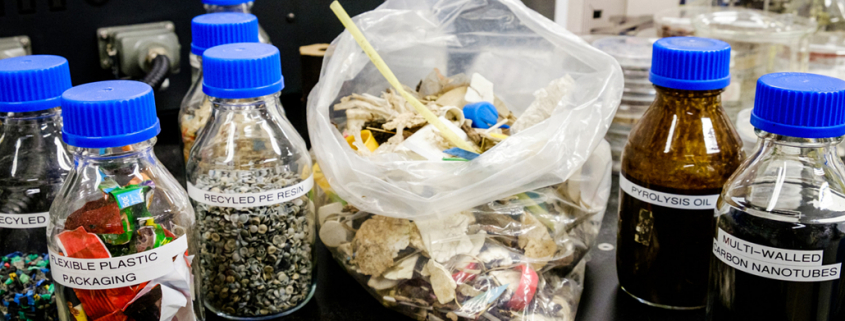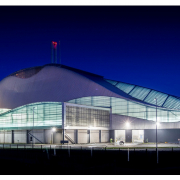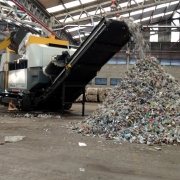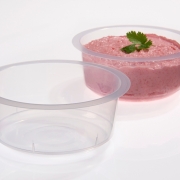Hydrogen Fuel from Plastic Waste
Hydrogen is an energy carrier. This clean fuel can be produced from a variety of domestic resources, such as natural gas, nuclear power, biomass, and renewable power like solar and wind. Furthermore, there is a way to produce Hydrogen from plastic waste.
As reported by Nanyang Technological University (NTU) in Singapore, scientists at the university have developed a new method for plastic waste to be converted into hydrogen based on pyrolysis, a high-temperature chemical process. Using this two-stage technique, plastic litter can be converted into two main products – hydrogen and a form of solid carbon – called carbon nanotubes, with water as the only by-product.
“To further refine the new conversion method and to assess its commercial feasibility, the research team is test-bedding it on the NTU Smart Campus to treat local plastic waste, in partnership with Bluefield Renewable Energy, a local environmental firm that specializes in mobile waste to resources technologies,” NTU informed in April this year. “The multimillion-dollar research joint project, supported by the Industry Alignment Fund-Industry Collaboration Projects (IAF-ICP) administered by Singapore’s Agency for Science, Technology and Research (A*STAR), aims to develop feasible solutions to economically scale up the conversion of waste plastics to hydrogen over the next three years.” The project would also explore the potential of other emerging technologies for decentralized waste management. The conversion of challenging waste streams into energy and valuable resources, such as syngas, biochar, activated carbon and carbon nanotubes would be investigated.
With 832 million kilograms of unrecycled plastic waste generated in Singapore annually – according to the National Environmental Agency in 2020 – the converted energy could potentially power up to 1,000 five-room apartments for a year, the NTU scientists estimated. Also, the solid carbon from the conversion process was much easier to store as compared to gaseous CO2 emissions from plastic waste incineration. Furthermore, the solid carbon could be easily sold as a manufacturing feedstock for specialty chemicals or biofuels.
If the initiative is successful, it would help Singapore reduce the amount of total waste disposed of and prolong the lifespan of Singapore’s only landfill, Semakau Landfill, which is estimated to run out of space by 2035.
(Published in GLOBAL RECYCLING Magazine 3/2022, Page 11, Photo: NTU)









